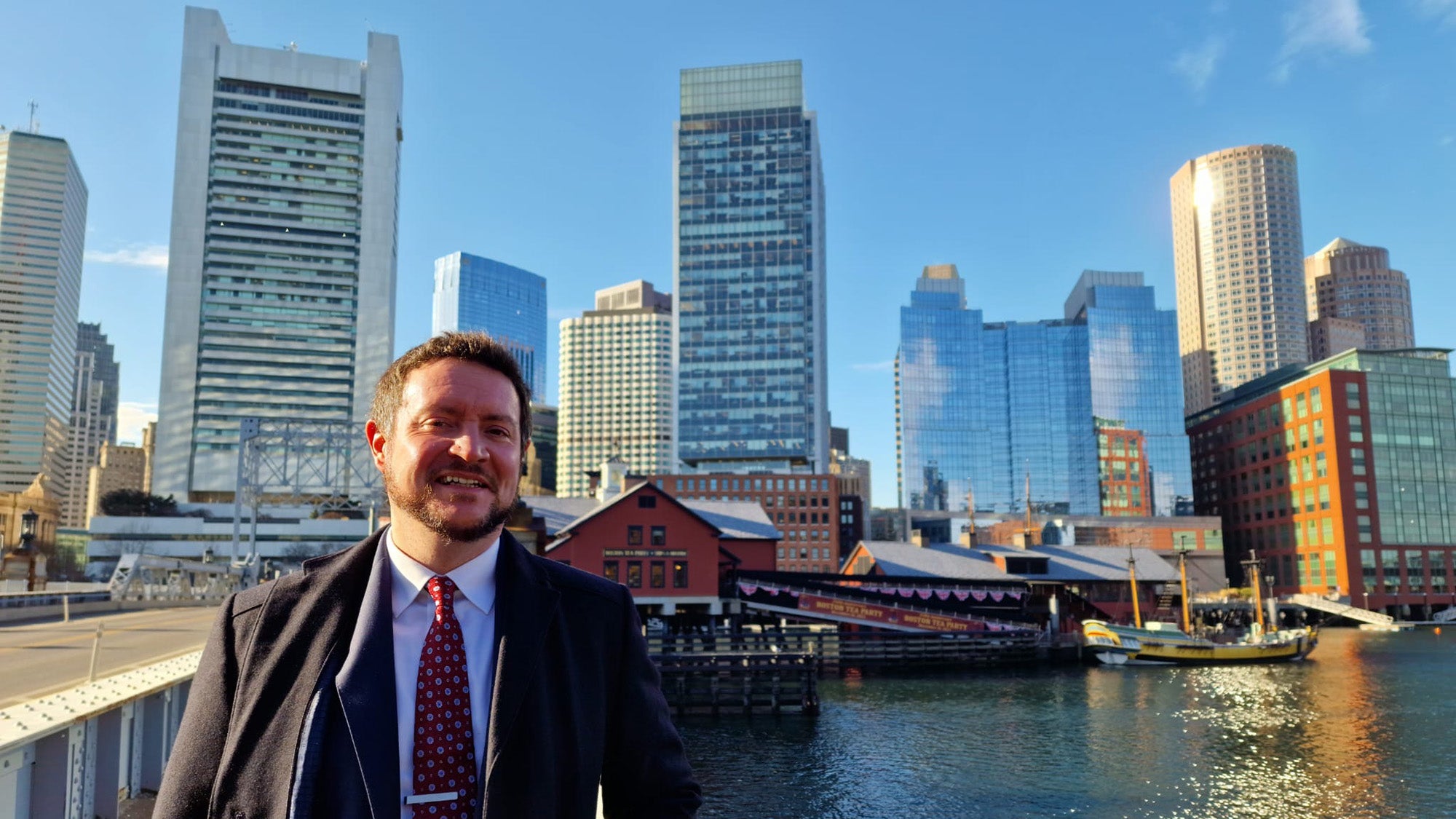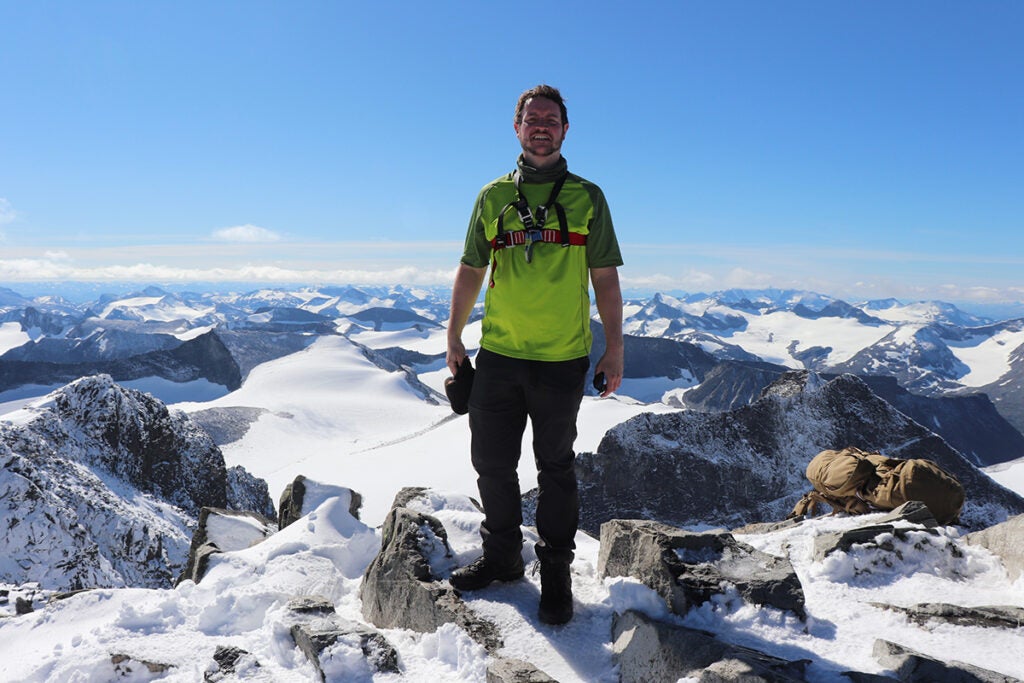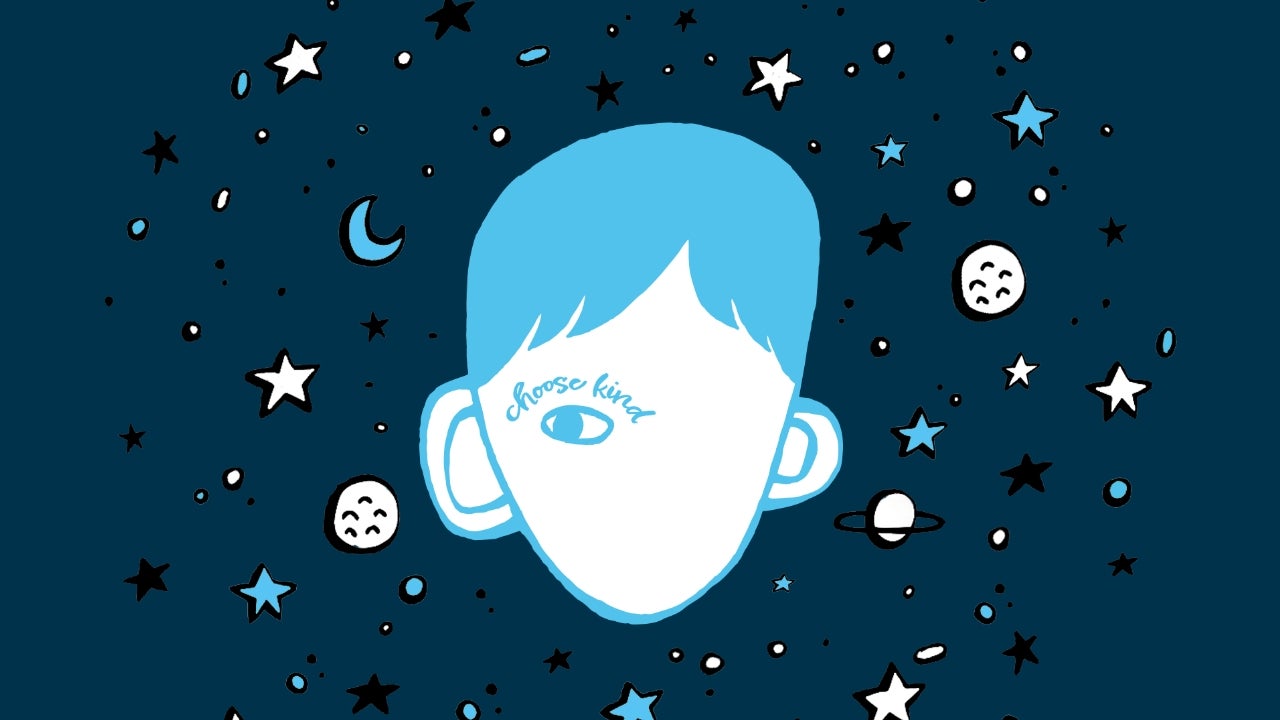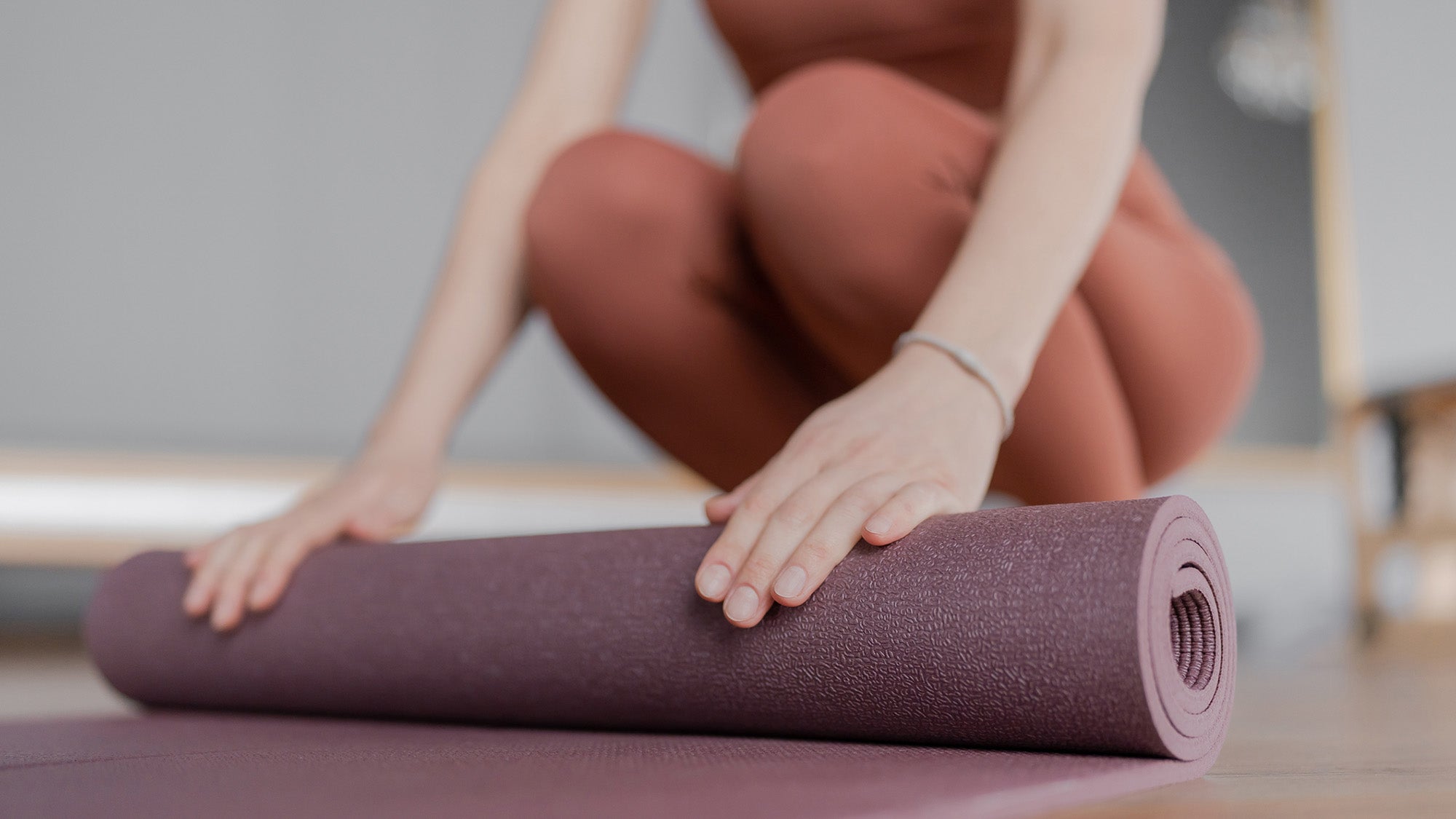An aspiring astronaut’s mission—improve mental health in older adults

Ultan McCaffrey, MPH ’25, has been able to combine his interest in space medicine with his work in geriatric psychiatry in Harvard Chan School’s MPH-GEN program
Ultan McCaffrey would love to be the first astronaut from Ireland. In 2021 he gave it a go, making it through a few stages of the European Space Agency’s highly competitive astronaut selection process.
While ultimately missing out, it’s still a dream for the future. In the meantime, McCaffrey is quite happy with his Earth job as an attending physician specializing in geriatric psychiatry, working in nursing homes and hospitals in the Dublin region in Ireland, where he assesses, diagnoses, and treats older patients with dementia, depression, psychosis, and bipolar disorder.
Part of what led McCaffrey to become a student in Harvard T.H. Chan School of Public Health’s two-year Master of Public Health-Generalist (MPH-GEN) program was his desire to gain new public health skills in research and advocacy to aid in his work with elderly patients. The flexible structure of the program made it possible for him to balance full-time clinical work with graduate study.
He has been able to work on a project that pairs his passion for caring for elderly patients with his love of space, through a practicum that could improve the health of both astronauts and people with dementia.
“It’s great to do things you’re passionate about,” said McCaffrey, who’s set to graduate this month. “And one of the fantastic things about the MPH-GEN program has been the opportunity to do this practicum, which is super interesting, and to be able to combine my interest in space with my interest in medicine and public health.”
Health hazards for astronauts
There’s actually a lot of crossover between geriatric medicine and space medicine, according to McCaffrey. On space flights, particularly long ones, astronauts can face health issues such as loss of muscle tissue, a decrease in bone density, and changes in balance and cognition—problems that older people can also face.
For his practicum project, McCaffrey has been working with Gary Strangman, director of the neural systems group at Massachusetts General Hospital (MGH), who conducts research at the interface between cognitive science, neuroscience, and real-world applications—such as making space flight safer for astronauts.
McCaffrey had read a lot of Strangman’s research prior to coming to Harvard Chan School but never imagined he’d wind up working with him. In a happy coincidence, shortly after he began the MPH-GEN program, he mentioned Strangman in a conversation with Deborah Blacker, professor in the Department of Epidemiology and an expert in the epidemiology of dementia. Blacker, who is also a professor of psychiatry at MGH, told McCaffrey that Strangman was a close colleague and offered to connect them. “She set up a meeting so that we could get to know each other, and that’s how I got involved in his research,” he said.
McCaffrey’s practicum project has focused on addressing one of the main occupational health hazards for astronauts—a condition called “Spaceflight-Associated Neuro-ocular Syndrome (SANS). SANS can cause problems such as blurry vision, changes in the shape of the eyeball, and swelling in eye tissue—changes that can become permanent. The risk goes up the longer an astronaut is in space. “We don’t fully understand why this happens, but preventing it is important if humans are going to spend more time in space, or live on the moon or Mars, where gravity is much weaker than on Earth,” McCaffrey said.
Working with Strangman, McCaffrey helped analyze data for an experiment designed to simulate the effects of spaceflight. Participants remained in a head-down tilt position with their head slightly lower than their feet for an entire 30 days. “It’s not very pleasant,” McCaffrey admitted. He explained how it works: “When you remove gravity from the equation, fluids tends to accumulate in the head. The same thing happens in a head-down tilt. We think this fluid shift might be one of the mechanisms behind these spaceflight-associated eye conditions.”
During that time, researchers monitored blood volume and blood flow in participants’ brains over time to determine whether the changes could be linked to SANS. They used a non-invasive technology called near-infrared spectroscopy, which enabled them to “see” four centimeters into the brain tissue. A key focus was on blood vessel pulsatility—a measure of how much the vessel expands and contracts with each heartbeat, reflecting the force and rhythm of blood flow through the brain.
Researchers compared pulsatility across four different groups of participants. For three of the groups, measures were taken to reduce the pooling of fluids in the upper body. One group utilized a negative pressure device that helps pull fluids back toward the legs; another group did exercises and then had constrictive cuffs applied to their legs; and people in a third group were allowed to sit upright for three hours twice a day. A fourth group didn’t have any mitigating measures to offset the effects of the head-down tilt position, and preliminary results indicate that this was the only group that experienced significant increases in cerebral pulsatility— changes that could increase the risk of eye issues in space.
McCaffrey noted that his research on SANS connects with the broader efforts of NASA’s Human Research Program (HRP), which supports research to safeguard astronaut health during deep space missions. In late January, he presented the preliminary findings at the HRP’s annual investigator workshop in Galveston, Texas, a forum where leading researchers in space medicine gather to share insights on human adaptation to spaceflight.
The technology used to emit near-infrared light in the experiment—a portable device developed by Strangman called NINscan—could help identify potential health issues in the elderly as well as in astronauts, McCaffrey said. The device, the size of a small book, connects to a headband that wraps around the forehead.
“Even years before someone develops dementia, signs of it could become evident,” McCaffrey said. “We could detect blood vessel changes very easily using the NINscan—it’s a device you could bring into elderly people’s homes for not a significant cost.” Preventive measures for the elderly could include exercise, a healthier diet, close monitoring of blood pressure, and blood pressure-lowering medications, he said.
A passion for geriatrics
Seeing the prevalence of dementia among elderly patients in Ireland —and realizing that the problem is expected to increase as the population ages—has McCaffrey thinking about how to prevent those problems in the first place. “The population in Ireland with dementia is currently about 64,000, but it’s set to go up to more than 150,000 in the next 20 years,” he said. “We need to try to prevent the illness from occurring, to detect it early, and to get people treated as early as possible.”
Thanks to his Harvard Chan experience, McCaffrey now has additional tools to help address dementia and other psychiatric issues among the elderly—biostatistics and epidemiology skills to conduct studies, and leadership and advocacy skills to work on changing health care policy.
He’s already thinking about moves that would help with dementia, such as increasing access to memory assessments and memory clinics, boosting training for family practitioners on how to detect brain changes early on, and using artificial intelligence to improve screening. Some current research, he noted, is aimed at training AI to detect changes in a person’s speech patterns or typing skills that could be signs of early dementia.
For McCaffrey, working to improve the lives of elderly people is deeply meaningful.
“When I went through my clinical rotations, I felt a greater connection with elderly patients. I wanted to make their lives better. Elderly people have so much wisdom and experience to pass on, and it’s such a shame to lose that. And I feel like, often, their voices aren’t heard. But someone with dementia, if you recite poetry to them or play music, their whole day is brightened. It can really change their quality of life.”
He added, “These are people that helped build up our communities. I just think they deserve better.”



